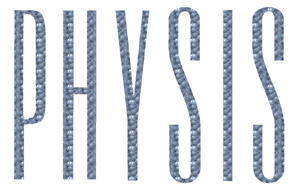The main object of this paper is to analyze the views of parents and teachers on the Attention-Deficit Hyperactivity Disorder (ADHD) and its effect on diagnosed children. Mothers and teachers of ADHDdiagnosed children were interviewed following a semistructured interview outline. This paper examines a thematic axis that arose from the interviews, namely classification and classified. The structure of a classification, according to Ian Hacking, involves five main aspects: the classification itself, the classified individuals, the institutions, the knowledge, and the specialists. This author claims that every classification of people gives rise to a response, that is, the classification and the individual being classified interact, forming a cycle that Hacking called the looping effect. ADHD is a medical diagnosis, and thus, a classification. ADHD-diagnosed children correspond to the individuals being classified. We intend to show that even small children, who do not understand the meaning of the classification given to them, can possibly be subjects to the looping effect. The child, through modifications in her social surroundings, modifies herself, realizing that she is different. The institutions are responsible for the legitimating of diagnosis and in the case of ADHD, they correspond not only to health facilities, but also to schools. Besides that, behind each classification there is also a body of knowledge about it, and part of this knowledge is dominated by specialists.
Classification of People; ADHD; Looping Effect

